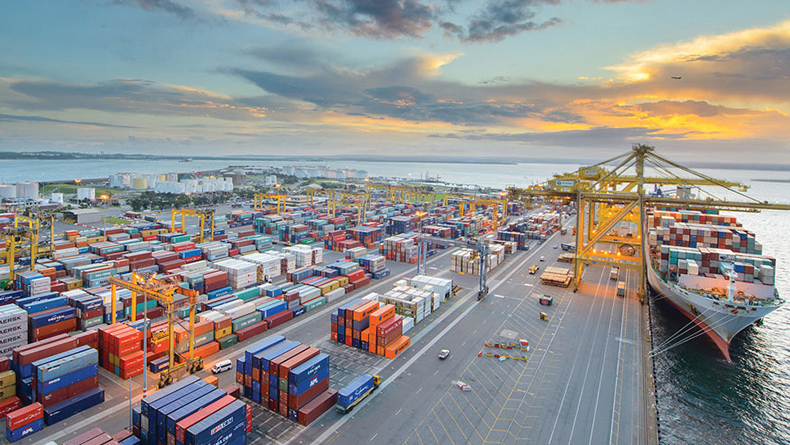Cargo transport is a critical part of the Australian economy, enabling the movement of goods across the country and to international markets. The Australian cargo transport industry is diverse, encompassing air, sea, and land transport, but it faces several challenges, including infrastructure, safety, and sustainability.
Modes of Transport
The Australian cargo transport industry utilizes several modes of transport, including air, sea, and land transport.
Air Transport: Air transport is commonly used for the transport of time-sensitive and high-value cargo. Australia has several major airports, including Sydney, Melbourne, and Brisbane, which handle a significant amount of cargo each year. The air cargo industry in Australia is highly regulated, with strict safety and security requirements.
Sea Transport: Sea transport is the primary mode of transport for bulk cargo, such as coal, iron ore, and grain. Australia has several major ports, including Port Hedland, Port Botany, and Port of Brisbane, which handle a significant amount of cargo each year. The sea cargo industry in Australia is also highly regulated, with strict safety and environmental requirements.
Land Transport: Land transport is used for the transport of a wide range of cargo, including perishable goods, machinery, and building materials. The Australian land transport industry includes road, rail, and pipeline transport, with road transport being the most common mode of transport for cargo.
Challenges
Despite the importance of cargo transport to the Australian economy, the industry faces several challenges, including:
Infrastructure: Australia’s infrastructure is aging, and many of its roads, bridges, and ports are in need of repair and modernization. This makes it difficult for cargo transport companies to move goods efficiently and cost-effectively.
Safety: Cargo transport can be a dangerous industry, with many risks associated with the movement of heavy and hazardous goods. Cargo transport companies need to follow strict safety regulations to ensure the safety of their workers and the public.
Sustainability: The cargo transport industry is a significant contributor to greenhouse gas emissions, and there is growing pressure on companies to reduce their carbon footprint. Cargo transport companies need to invest in new technologies and practices to reduce their environmental impact.
Opportunities
Despite these challenges, there are opportunities for growth in the Australian cargo transport industry, particularly in the areas of technology and sustainability.
Technology: Advances in technology, such as automation and the Internet of Things (IoT), are transforming the cargo transport industry. Cargo transport companies can utilize these technologies to improve efficiency, reduce costs, and enhance safety.
Sustainability: There is growing demand for sustainable cargo transport solutions in Australia, particularly in the areas of electric vehicles, alternative fuels, and more efficient transportation networks. Cargo transport companies that can offer sustainable solutions are well-positioned to benefit from this trend.
Conclusion
In conclusion, cargo transport is a critical part of the Australian economy, enabling the movement of goods across the country and to international markets. The industry faces several challenges, including infrastructure, safety, and sustainability, but there are also opportunities for growth in the areas of technology and sustainability. The industry will need to continue to innovate and invest in new technologies and practices to address the challenges it faces and meet the demands of the changing economy.

